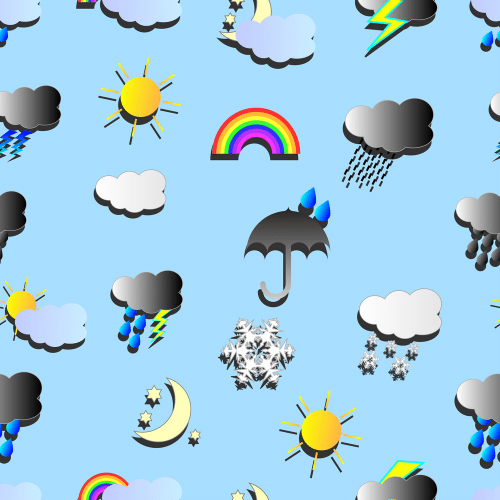
06 Jun Pests and South Florida Weather
How Weather Influences Pests
South Florida’s unique climate creates a perfect environment for various pests. Understanding how weather influences pest activity can help residents, whether homeowners or renters, take the necessary steps to protect their homes. As professional pest control experts at Pest Busterzz, we know how important it is to stay ahead of pest problems. In this article, we’ll dive into how South Florida’s weather affects pest activity and what you can do to keep your home pest-free.
South Florida boasts a tropical climate characterized by warm temperatures and high humidity year-round. The region experiences distinct wet and dry seasons, each bringing its own set of challenges when it comes to pest control. The wet season typically runs from May to October, while the dry season spans from November to April.
The consistently warm temperatures and high humidity levels create an ideal environment for many pests. Insects and rodents thrive in these conditions, leading to increased activity and reproduction rates. Understanding the specifics of South Florida’s climate can help you anticipate pest problems and take preventive measures.
South Florida’s Rainy Season Pests
The wet season in South Florida, lasting from May to October, is marked by frequent rain showers, high humidity, and warmer temperatures. These conditions provide an ideal breeding ground for many pests, leading to a surge in their populations. The abundance of moisture creates favorable environments for pests to thrive and find shelter.
Mosquitoes are one of the most notorious pests during the wet season. Standing water from heavy rains becomes a breeding ground for these insects. They lay their eggs in stagnant water, leading to a rapid increase in their population. Mosquitoes are not only annoying but also pose health risks as they can transmit diseases like West Nile virus and Zika virus.
Termites are another significant concern during the wet season. The high humidity and moisture make wooden structures more susceptible to termite infestations. Subterranean termites, in particular, thrive in moist soil and can cause severe damage to homes if left unchecked. It’s essential to look for signs of termite activity, such as mud tubes and damaged wood, and take immediate action if you suspect an infestation.
Wet Season Ant and Roach Surge
Ants become more active during the wet season as they seek food and shelter. The increased moisture can drive ants indoors in search of dry, safe environments. Common ant species in South Florida include fire ants, carpenter ants, and ghost ants. These pests can contaminate food and damage structures, making them a nuisance for homeowners.
Cockroaches also flourish during the wet season due to the abundance of moisture and food sources. These pests are known for their ability to survive in harsh conditions and can quickly infest homes. Cockroaches are carriers of various diseases and allergens, posing health risks to residents. Keeping your home clean and dry can help deter these resilient pests.
Dry Season Pest Challenges
The dry season in South Florida, from November to April, brings cooler and drier conditions. While pest activity generally decreases during this time, some pests adapt and remain active. The lower humidity levels and cooler temperatures can drive pests indoors in search of warmth and shelter.
Rodents, such as rats and mice, become more problematic during the dry season. As temperatures drop, these pests seek warmth and food inside homes. Rodents can cause significant damage by gnawing on wires, insulation, and structural components. They also pose health risks as they can carry diseases and contaminate food.
Spiders are another pest that remains active during the dry season. These arachnids seek shelter indoors to escape the cooler outdoor temperatures. While most spiders are harmless, some species, like the brown recluse and black widow, can be dangerous. Regular cleaning and sealing entry points can help keep spiders at bay.
Flea and Bed Bug Alert
Fleas can be a year-round problem in South Florida, but their activity often spikes during the dry season. Pets can bring fleas into the home, leading to infestations. Flea bites can cause discomfort and allergic reactions in both pets and humans. Regularly treating pets and maintaining a clean home environment can help control flea populations.
Bed bugs are another persistent pest that can remain active during the dry season. These pests are notorious for hitching rides on luggage, clothing, and furniture, making it easy for them to spread. Bed bugs feed on human blood, causing itchy, red welts. Regular inspections and prompt treatment are essential to prevent bed bug infestations.
Hurricanes and Pest Control
South Florida is prone to hurricanes and tropical storms, which can significantly impact pest activity. Heavy rains and flooding create ideal breeding conditions for mosquitoes and other insects. The aftermath of these storms can lead to increased pest populations as they seek new food sources and shelter.
During extreme weather events, it’s crucial to take steps to protect your home from pests. Ensure that all windows and doors are properly sealed to prevent pests from entering. Remove standing water around your property to reduce mosquito breeding sites. Additionally, inspect your home for any damage that could provide entry points for pests and make necessary repairs promptly.
Year-Round Pest Control Tips
Year-round pest control maintenance is essential for keeping your home pest-free. Regular inspections and treatments can help identify and address pest problems before they become severe. Professional pest control services, like those offered by Pest Busterzz, can provide comprehensive solutions tailored to your specific needs.
During the wet season, focus on eliminating standing water and maintaining a clean, dry environment. Use mosquito repellents and consider installing screens on windows and doors to keep pests out. In the dry season, seal entry points and keep your home free of clutter to reduce hiding spots for pests. Regularly clean and inspect your home to catch any early signs of infestations.
Keeping Pests at Bay
Reducing pest attraction to your home involves maintaining a clean and tidy environment. Store food in airtight containers and dispose of garbage regularly. Keep your kitchen and dining areas clean, and promptly fix any leaks or plumbing issues. Trim back vegetation around your home to reduce potential hiding spots for pests.
Weatherproofing your home can help prevent pests from entering. Seal cracks and gaps in your home’s exterior, including around windows, doors, and utility lines. Install door sweeps and weather stripping to create a tight seal. Use screens on windows and vents to keep insects out while allowing for ventilation.
Regular home maintenance and cleanliness are key to preventing pest infestations. Schedule routine inspections with a professional pest control company like Pest Busterzz to identify and address any potential issues. Keep your home clean and free of clutter, and promptly address any repairs or maintenance needs.
Conclusion
Understanding how weather affects pest activity in South Florida is crucial for maintaining a pest-free home. The region’s unique climate, with its wet and dry seasons, creates varying conditions that influence pest behavior. By staying vigilant and taking proactive measures, you can protect your home from pests year-round.
Regular pest control maintenance, combined with seasonal best practices, can help keep pests at bay. Professional pest control services, like those offered by Pest Busterzz, provide comprehensive solutions tailored to the specific needs of South Florida residents. By working with experts, you can ensure your home remains safe and comfortable, free from the nuisance and health risks posed by pests.


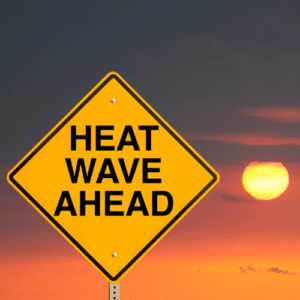
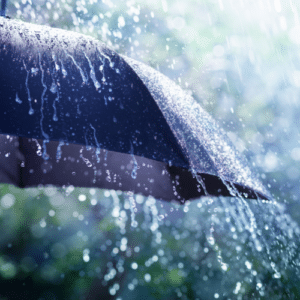
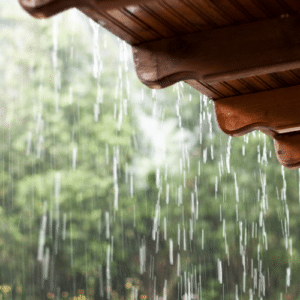

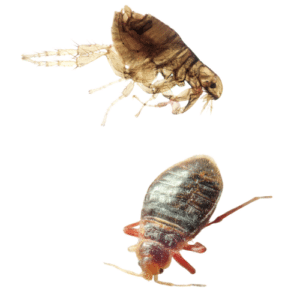
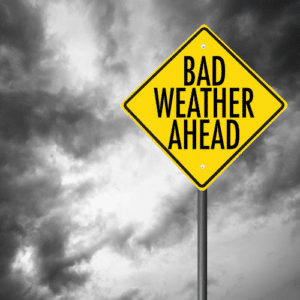
No Comments